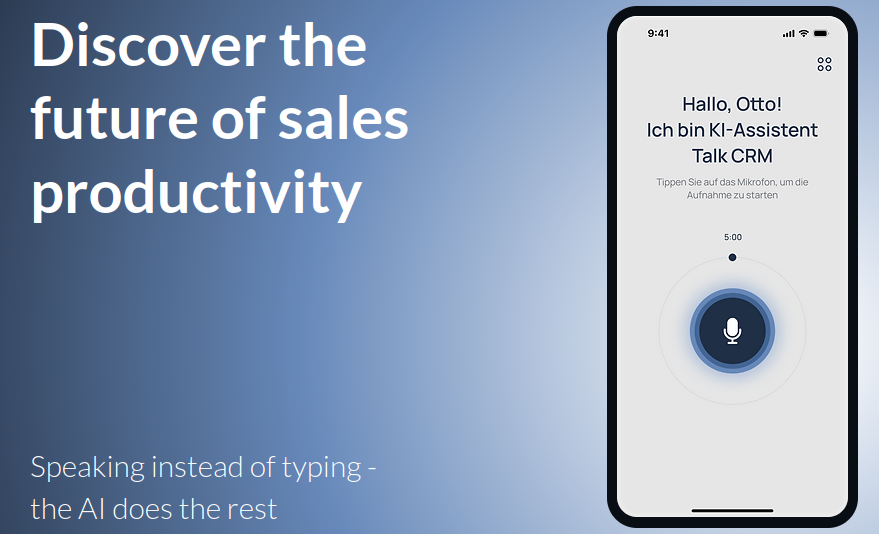Introducing the Trusted Advisor matrix: The path to value creation
You will learn to navigate the Trusted Advisor Matrix, emphasizing trust over competency for your professional relationships.

Trust arrives on foot and leaves on horseback - Johan Thorbecke
In your ongoing exploration of the trusted advisor's role within the realms of leadership and sales, you are introduced to a pivotal tool for self-assessment and growth—the Trusted Advisor matrix. This conceptual framework is not just a guide; it's a mirror reflecting where we stand in our professional relationships and how we can elevate our value to those we serve. Understanding this matrix is crucial for anyone aspiring to become an indispensable resource in their field.
Understanding the Trusted Advisor matrix
The Trusted Advisor matrix lays out a two-by-two grid with two main axes: Trust (Y-axis) and Competency (X-axis).

Each axis ranges from low to high, creating four quadrants that categorize the nature of your relationship with clients or colleagues:
Low Trust, Low Competency: Commodity
In this quadrant, you are viewed as easily replaceable. The value provided is minimal, leading to relationships that are transactional and lack depth. Being in this quadrant means there's significant room for growth both in building trust and enhancing skills.
Low Trust, High Competency: Technical expert
Here, you're recognized for your skills and knowledge but haven't yet established a foundation of trust. While you can offer specific value, the lack of trust prevents the formation of deeper, more meaningful connections.

High Trust, Low Competency: Friendly counselor
This quadrant is where trust abounds, yet competency in the relevant field is lacking. Relationships in this quadrant are strong, but the ability to offer professional value is limited. You're liked and trusted, but not turned to for solutions in challenging times.
High Trust, High Competency: Trusted advisor
The pinnacle of professional relationships—here, you are both highly trusted and viewed as supremely competent. This quadrant represents the ideal state for sales leaders and those in leadership positions, where you provide significant, unparalleled value.
Trust over competency
An essential insight from the Trusted Advisor matrix is the paramount importance of trust over competency. "Trust you earn, competency you learn" a principle that underlines the idea that while skills and knowledge can be acquired relatively quickly or supplemented by experts, trust is cultivated over time through consistent, reliable actions and genuine engagement. Trust is the more challenging and time-consuming attribute to develop, but it's what transforms professional relationships from functional to exceptional.
To me personally, building trust and getting really excited about people personally is the even more fun part, even though I am a technician at heart.
This understanding reiterates that competency is critical but without trust, its impact is severely limited. You can be the most skilled expert in your field, but if clients or colleagues don't trust you, your ability to influence and add value diminishes.
Context and individual perception
A key realization about the Trusted Advisor matrix is its fluidity depending on whom you're dealing with. For one person, you might stand as a trusted advisor, while for another, you may be seen as a commodity or a technical expert. This variability highlights the importance of understanding the context and dynamics of each relationship and underscores that there's no one-size-fits-all approach to becoming a trusted advisor.
Building trust and showcasing competency are ongoing processes, influenced by how you interact, solve problems, and provide value. Recognizing where you stand in the matrix with different individuals can guide your efforts to strengthen those relationships.
Personally, this is the most tricky point: You need to be brutally honest with yourself on where you are standing in the relationship. Everyone wants to be a Trusted Advisor, nobody wants to be a commodity. Truth is, this is not up to you to decide. The more honest you are to yourself in the assessment, the better you can work on it or make a decision if you want to continue in this relationship.
Conclusion
The Trusted Advisor matrix is a powerful tool for assessing and navigating your professional growth. It emphasizes that the highest value is created at the intersection of trust and competency, with trust being the more critical component of the equation. As we delve further into our series on becoming a trusted advisor, remember that each interaction is an opportunity to build trust and demonstrate your competency, moving you closer to the coveted position of a trusted advisor.
Embrace the journey of earning trust and learning competency. Each step forward enriches your professional relationships, making you an invaluable asset to your clients and colleagues alike. Stay tuned for our next installment, where we will explore strategies to build and maintain trust, the bedrock of all successful professional relationships.